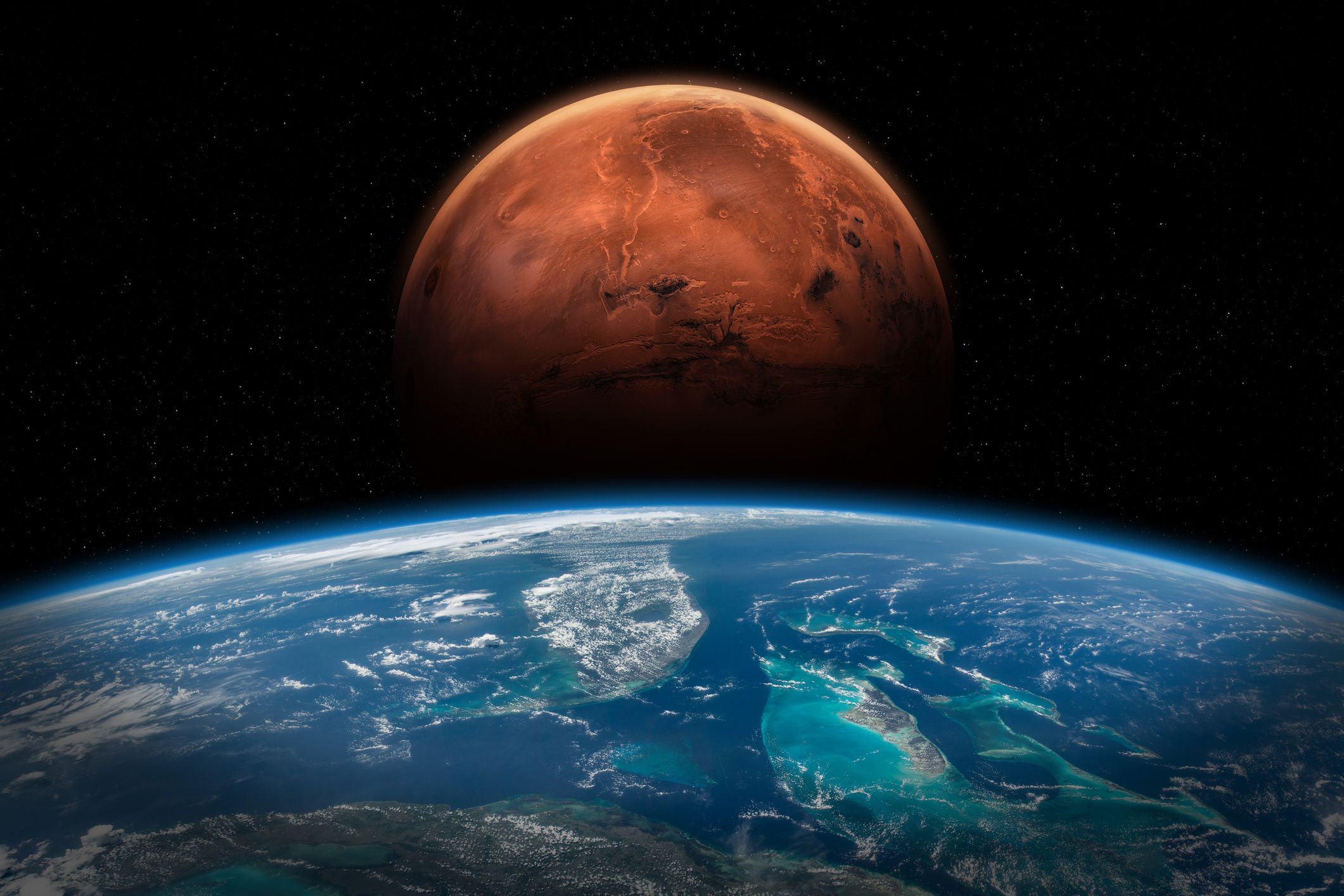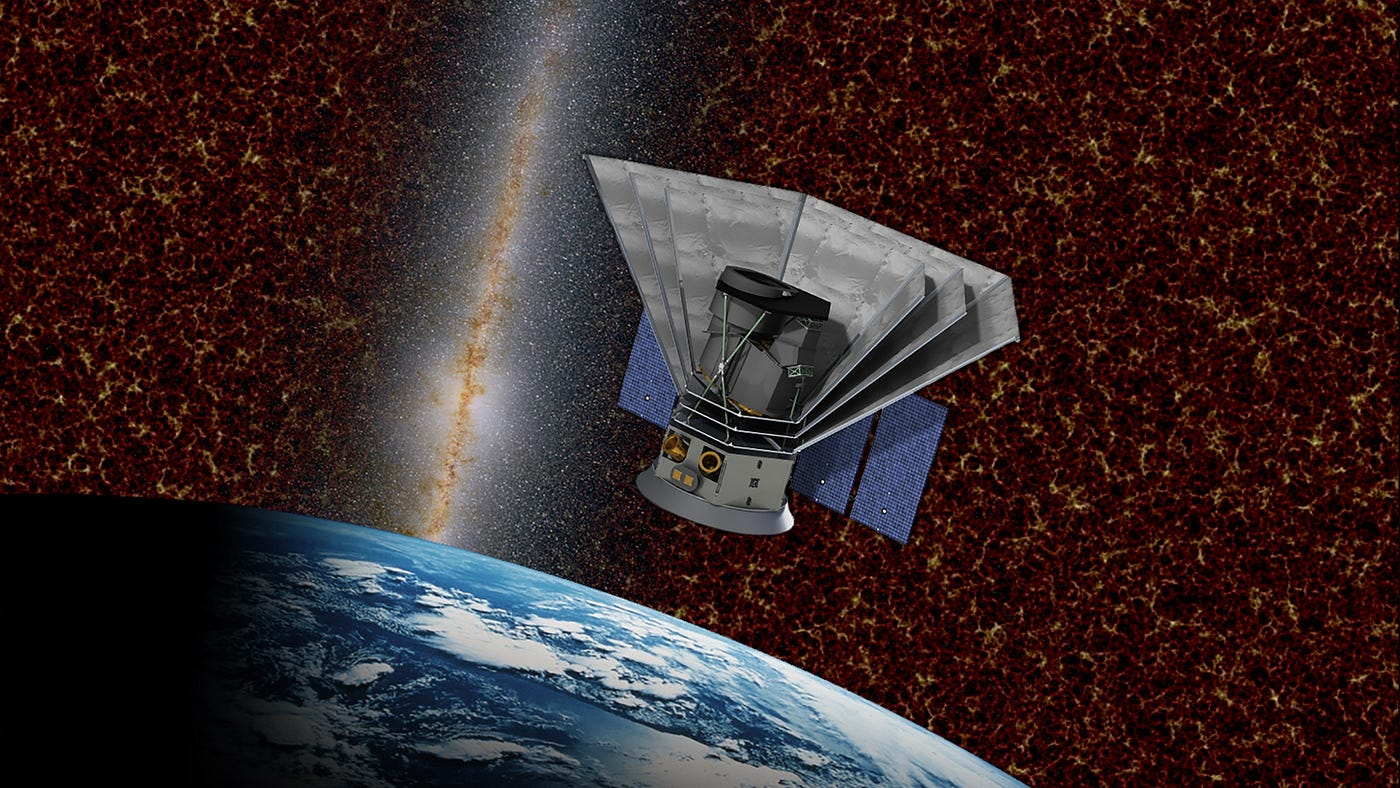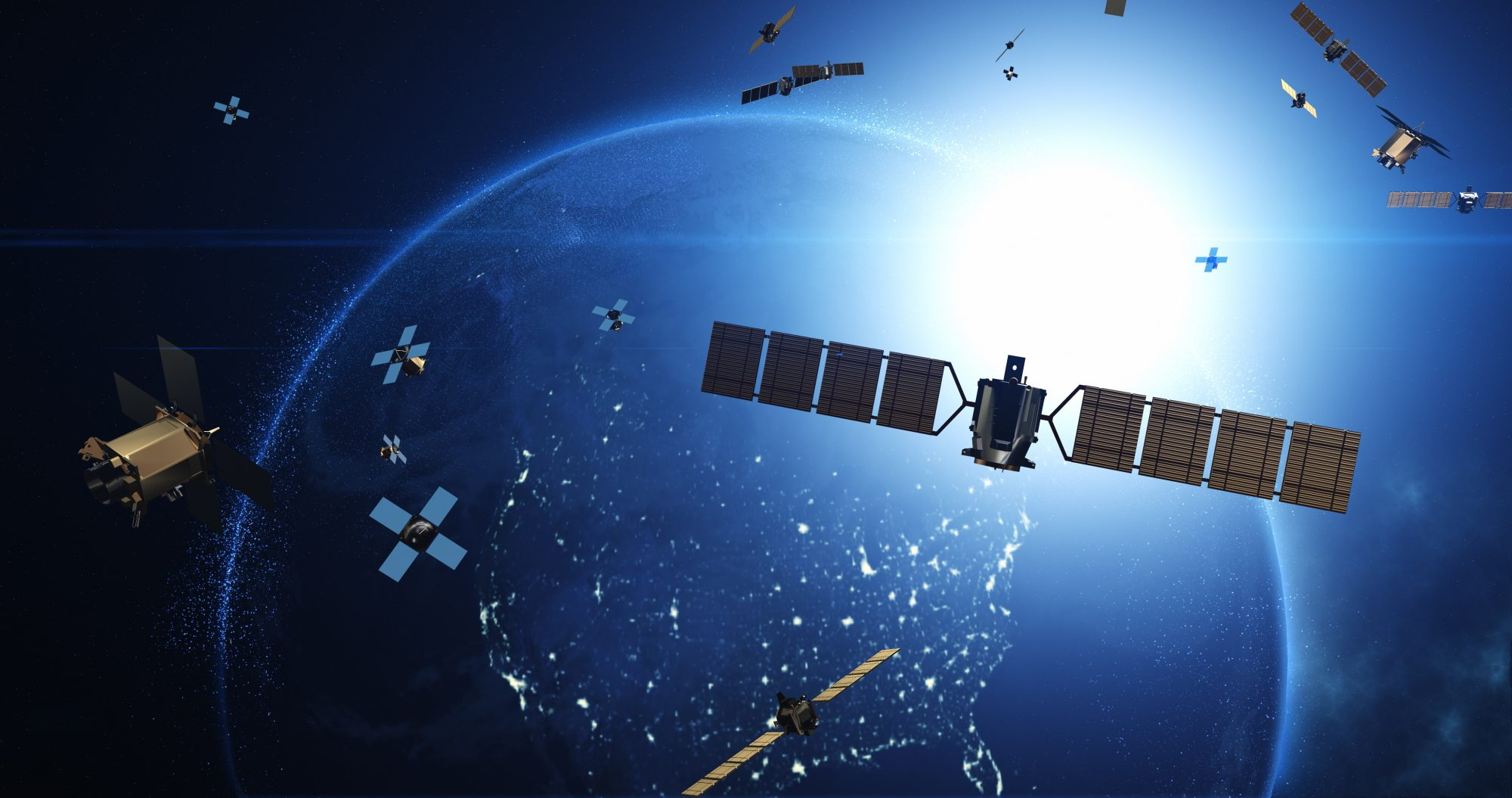zoomacademia.com – The idea of humanity colonizing Mars has moved from the realm of science fiction into serious scientific and engineering discussions. With NASA, private companies like SpaceX, and other space agencies investing heavily in Mars exploration, the question is no longer “if” but “when” and “how.” However, while progress has been made, moving to Mars in the near future faces significant challenges, both technological and ethical. Let’s explore what it would take to move to Mars and the potential timeline for making it a reality.
Why Mars?
Mars is seen as the most viable candidate for human colonization within our solar system due to several factors:
- Similarities to Earth: Mars has a day length similar to Earth (about 24.6 hours) and experiences seasons. It also has evidence of past water, and current conditions might allow us to extract water from beneath the surface.
- Potential for Terraforming: Some scientists believe Mars could eventually be terraformed—altered to support human life. While this idea is still theoretical, it is one reason why Mars is often considered over other planets or moons.
- Exploration Potential: Mars is a scientific goldmine, holding clues to the origins of the solar system and the potential for life beyond Earth.
Current Efforts and Plans
- NASA’s Artemis and Mars Missions: NASA is focusing on the Moon as a stepping stone to Mars. Through the Artemis program, NASA aims to return humans to the Moon by 2025 and establish a lunar base. This base would serve as a testing ground for technologies needed for Mars. NASA’s long-term goal is to send astronauts to Mars by the 2030s, using lessons learned from lunar missions.
- SpaceX and Elon Musk’s Vision: SpaceX, led by Elon Musk, has one of the most ambitious timelines for Mars colonization. Musk envisions sending the first human missions to Mars as early as the late 2020s or early 2030s using the company’s Starship, a fully reusable spacecraft designed for interplanetary travel. Musk’s ultimate goal is to establish a self-sustaining city on Mars with millions of residents, making humanity a “multi-planetary species.”
- International Cooperation: Other space agencies, such as the European Space Agency (ESA) and Roscosmos (Russia), are also working on Mars exploration. Collaborative efforts, such as the ExoMars mission (a joint mission by ESA and Roscosmos), aim to study the planet’s environment and search for signs of life, which could pave the way for human missions.
Technological Challenges
While excitement for Mars colonization is high, many technological challenges remain:
- Travel: A journey to Mars takes approximately 6 to 9 months, depending on planetary alignment. Keeping astronauts safe during this time from radiation, microgravity, and the psychological toll of isolation is a significant hurdle.
- Surviving on Mars: Mars has a thin atmosphere composed mostly of carbon dioxide, with very little oxygen. It also lacks a magnetic field, leaving its surface exposed to harmful cosmic radiation. Future colonists would need to live in highly shielded habitats, use spacesuits for outdoor activities, and rely on technology to generate breathable air, water, and food.
- Sustainability: Building a self-sustaining colony on Mars would require developing systems for growing food, recycling water and air, and manufacturing essential goods using local resources. This concept, known as in-situ resource utilization (ISRU), is key to long-term survival on Mars.
Ethical and Environmental Concerns
Moving to Mars also raises ethical and environmental questions:
- Should we terraform Mars? While some argue that terraforming Mars is essential to making it habitable, others question whether humanity has the right to alter an entire planet’s ecosystem, even if it appears barren.
- Planetary Protection: There is concern that sending humans to Mars could contaminate the planet with Earth-based microbes, potentially disrupting any native life that may exist. NASA and other agencies have strict planetary protection protocols, but sending large-scale missions might make this difficult to enforce.
When Could We Move to Mars?
The timeline for human colonization of Mars remains speculative. Optimistic projections, like those from Elon Musk, suggest the late 2020s or 2030s for the first human landings. However, establishing a permanent, self-sustaining colony could take decades, if not longer. NASA is more conservative, with human missions to Mars targeted for the 2030s, but without a clear timeline for permanent settlement.
Conclusion: A Distant Yet Possible Future
While moving to Mars is within the realm of possibility, it is not imminent. Overcoming the technological, ethical, and logistical hurdles will take decades, if not longer. The next steps—successful lunar missions, deep space technology testing, and international cooperation—will all play a vital role in determining how and when humanity sets foot on the Red Planet.
In the future, living on Mars could become a reality, but it will require careful planning, vast resources, and a global commitment to explore the unknown.







